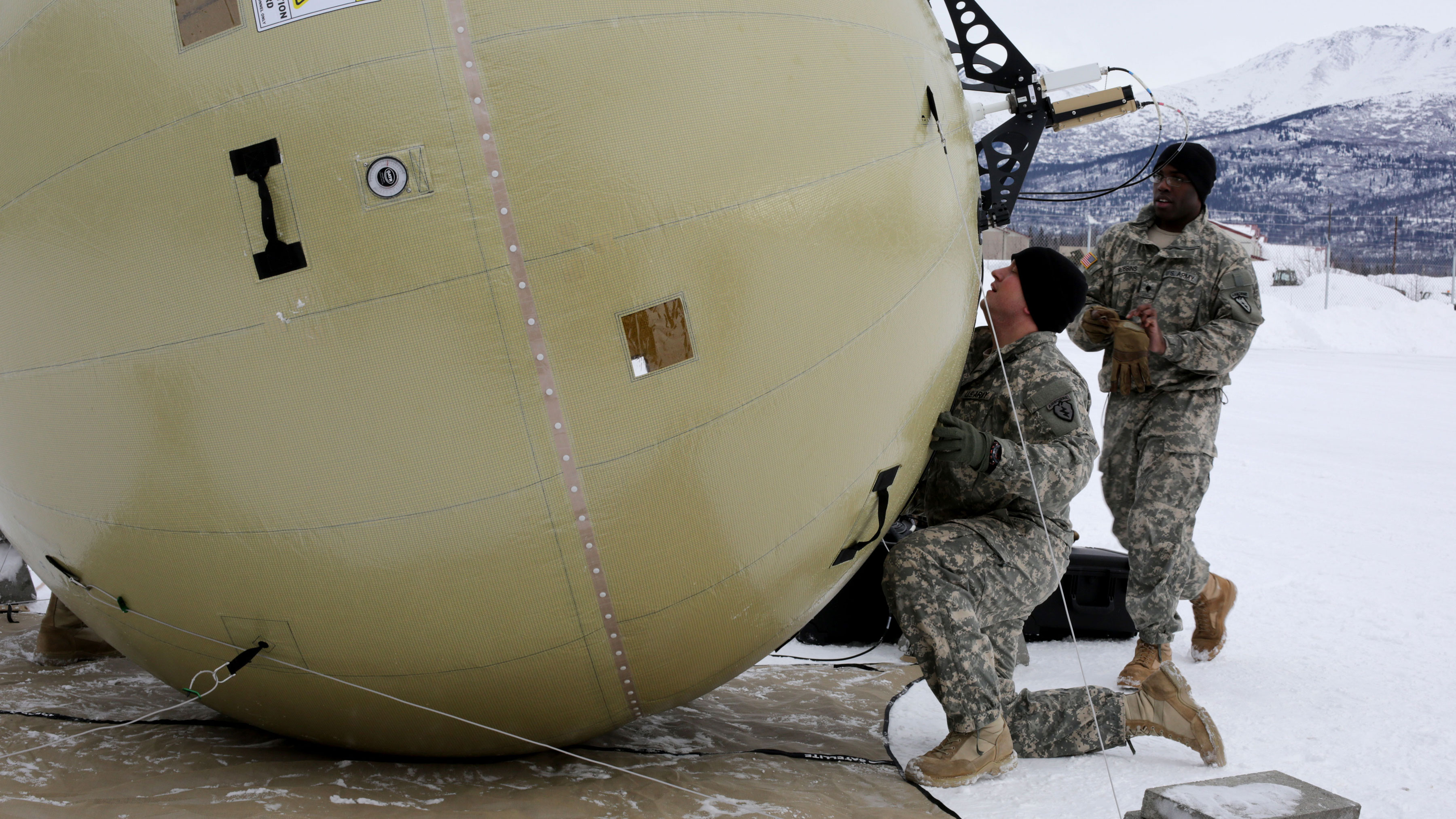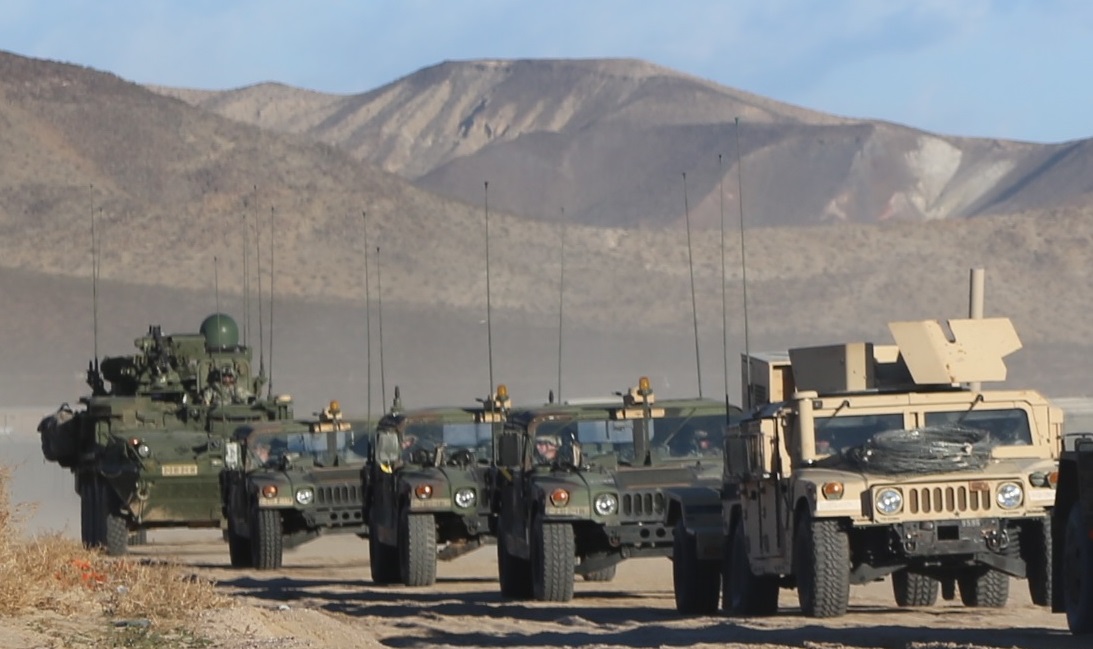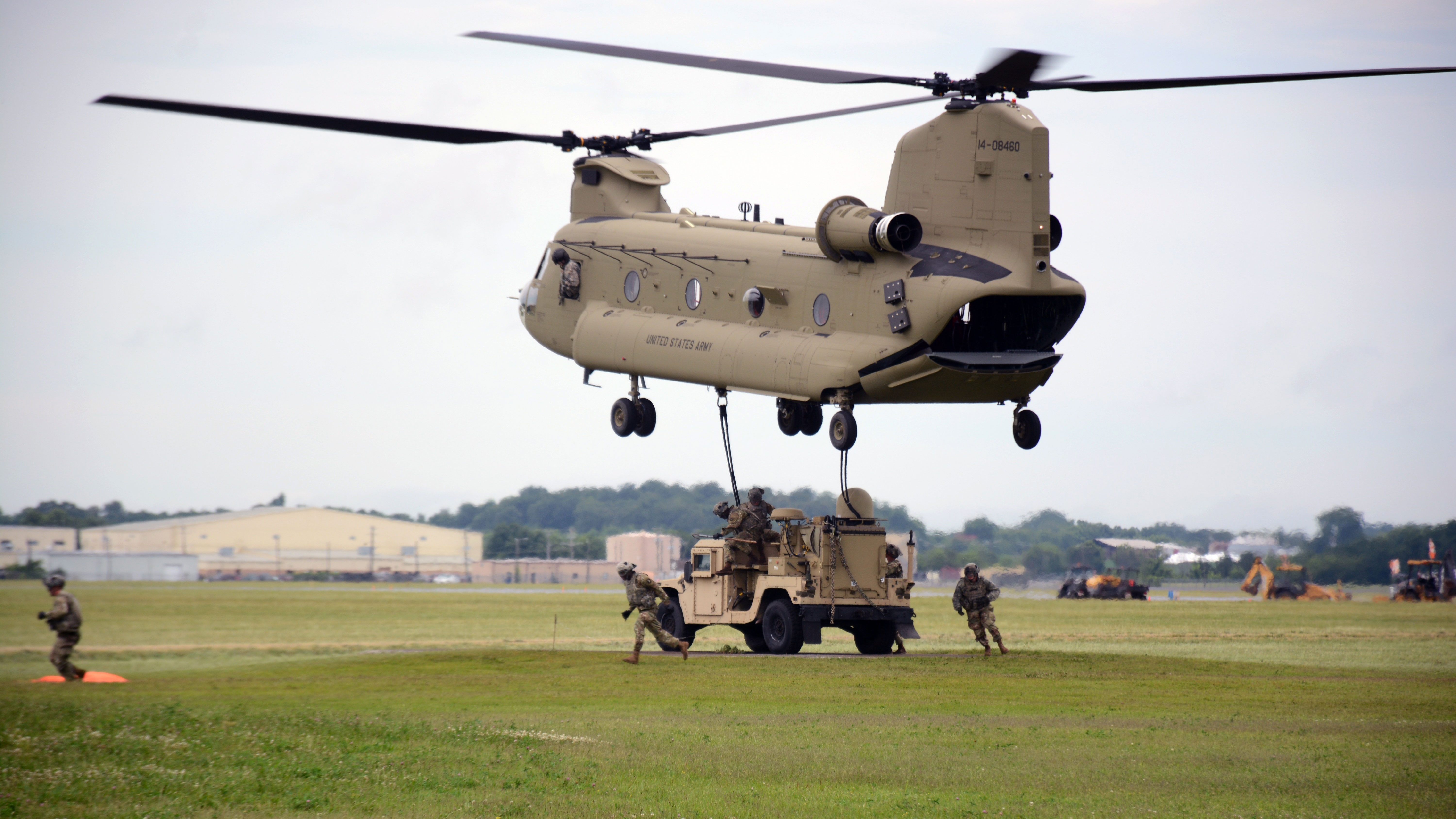
In continuing evolution of its network, Army renames WIN-T program office PM Tactical Network
by Ms. Amy Walker
As the Army continues to modernize its network in today’s complex world, it has renamed its tactical communications network transport program office from the Project Manager for Warfighter Information Network – Tactical (PM WIN-T) to PM Tactical Network.
The new name, which the Army initiated over a year ago, more accurately reflects the numerous programs within the PM’s portfolio, not just the core at-the-halt WIN-T Increment 1 and on-the-move WIN-T Increment 2. PM Tactical Network still manages WIN-T Increment 1 and WIN-T Increment 2, and those names will remain the same. But PM Tactical Network also manages many other expeditionary line-of-sight and beyond-line-of-sight capabilities. Together, these programs provide the Army with an agile, modular toolkit of unified satellite and radio network capabilities to enable uninterrupted mission command and secure reliable voice, video and data communications at every point on the joint operational spectrum.

In support of Army efforts to deploy a more agile and ready force, PM Tactical Network’s Transportable Tactical Command Communication (T2C2) Lite and T2C2 Heavy inflatable satellite terminals provide robust network communications supporting critical mission command requirements for early entry and forward-edge operating forces. The Army successfully executed the T2C2 operational test at Joint Base Elmendorf-Richardson, Alaska, in March 2017. (U.S. Army photo by Staff Sgt. Garcia Bibian Pedro, Combat Camera)
BETTER ALIGNMENT
The new name better aligns with the program office’s holistic mission and vision. The program office will continue to develop, field and manage the Army’s tactical network transport systems to support reliable, expeditionary global network connectivity, but it will accomplish its goals from an all-encompassing viewpoint.
“Our new name is not only a reflection of our continued dedication to our mission, but a new way of doing business across the Army and joint forces,” said Col. Greg Coile, PM for Tactical Network. “Our one-network vision sees the network as a whole, from the Soldier on the ground, to the commander maneuvering on the battlefield in his networked vehicle, to network connectivity back to home station. It’s all one network, no matter the domain, the location or the joint or coalition battlefield partner.”
Additionally, the PM’s subordinate Product Managers for WIN-T Increment 1 and WIN-T Increment 2 will be renamed the Product Managers for Network Modernization and Mission Network, respectively.
PM Tactical Network delivers a scalable suite of integrated tactical network communication and network and cyber management capabilities to support today’s complex joint, coalition and civil missions worldwide. PM Tactical Network will still manage the core at-the-halt and on-the-move WIN-T network transport equipment, enhancing network mobility, simplicity and cybersecurity, and will augment these core capabilities with robust expeditionary network transport equipment.

Vehicles equipped with mobile WIN-T, including the Stryker at the end of this convoy at the National Training Center (NTC), Fort Irwin, California, enable mobile mission command, advanced communication and a real-time common operating picture from anywhere on the battlefield. PM Tactical Network will continue to improve WIN-T, as well as the rest of the Army’s tactical network, across all echelons and domains. (U.S. Army photo courtesy of the NTC Operations Group)
BORN IN POST-WWII ERA
The lineage of PM Tactical Network dates to 1946, with the advent of satellite communications at the U.S. Army Research and Development Laboratories at Fort Monmouth, New Jersey. Later, military operations in Desert Storm, as well as in Operation Enduring Freedom in Afghanistan and Operation Iraqi Freedom, revealed that the outdated mobile subscriber equipment could no longer keep up with the pace of battle. WIN-T was conceived to solve this problem and enable mobile mission command on the battlefield. The fielding of the initial Joint Network Node (JNN) capability started in 2004 to support operations in Iraq and Afghanistan. In June 2007, the WIN-T program was restructured into four increments, and the JNN program was then absorbed into WIN-T Increment 1.
PM Tactical Network is assigned to the Program Executive Office for Command, Control and Communications – Tactical (PEO C3T), which develops, acquires, fields and supports the Army’s mission command network to ensure force readiness. This critical Army modernization priority aims to enable commanders and Soldiers to stay connected and informed at all times, even in the most austere and hostile environments. PEO C3T is delivering the network worldwide, providing high-speed, high-capacity voice, data and video communication capabilities to Soldiers and the Army’s joint, coalition and other mission partners.

Soldiers from the 2nd Brigade Combat Team (BCT), 101st Airborne Division (Air Assault) move away from a CH-47 Chinook after successfully hanging the Tactical Communications Node-Light during a sling load exercise at Fort Campbell, Kentucky, in June 2017. The new systems can be sling-loaded from a helicopter or rolled onto a C130 aircraft, improving agility and operational flexibility and aiding Army efforts to deploy right-sized units across contested domains at every stage of operations. (U.S. Army photo by 1st Lt. Daniel Johnson, 2nd BCT, 101st Airborne Division Public Affairs)
CONCLUSION
Today, as potential peer and near-peer enemies continue to advance their technological capabilities, the Army is pushing to improve its readiness to rapidly deploy, maneuver and fight right-sized units across multiple contested domains at every stage of operations. Likewise, PM Tactical Network will continue to improve the Army’s tactical network, enhancing its management, operation and defense across all echelons and domains. To meet the Army’s strategic priorities for readiness, responsiveness and regional engagement, ongoing capability advances in the tactical network programs are improving simplicity, mobility, modularity and agility. The Army’s continuously evolving suite of expeditionary network transport equipment enables commanders to see first and act first, while increasing speed of maneuver and operational flexibility.
“The world is changing, the fight is changing, and we must continue to evolve the Army’s tactical network if we want to dominate on the battlefield,” Coile said.
For more information, go to the PEO C3T website at http://peoc3t.army.mil/c3t/ or contact the PEO C3T Public Affairs Office at 443-395-6489 or usarmy.APG.peo-c3t.mbx.pao-peoc3t@mail.mil.
MS. AMY WALKER has been the public affairs lead for PM Tactical Network since 2009. She has holds a B.A. in psychology from the College of New Jersey.
This article will be published in the January – March 2018 issue of Army AL&T magazine.
Subscribe to Army AL&T News, the premier online news source for the Acquisition, Logistics, and Technology (AL&T) Workforce.


